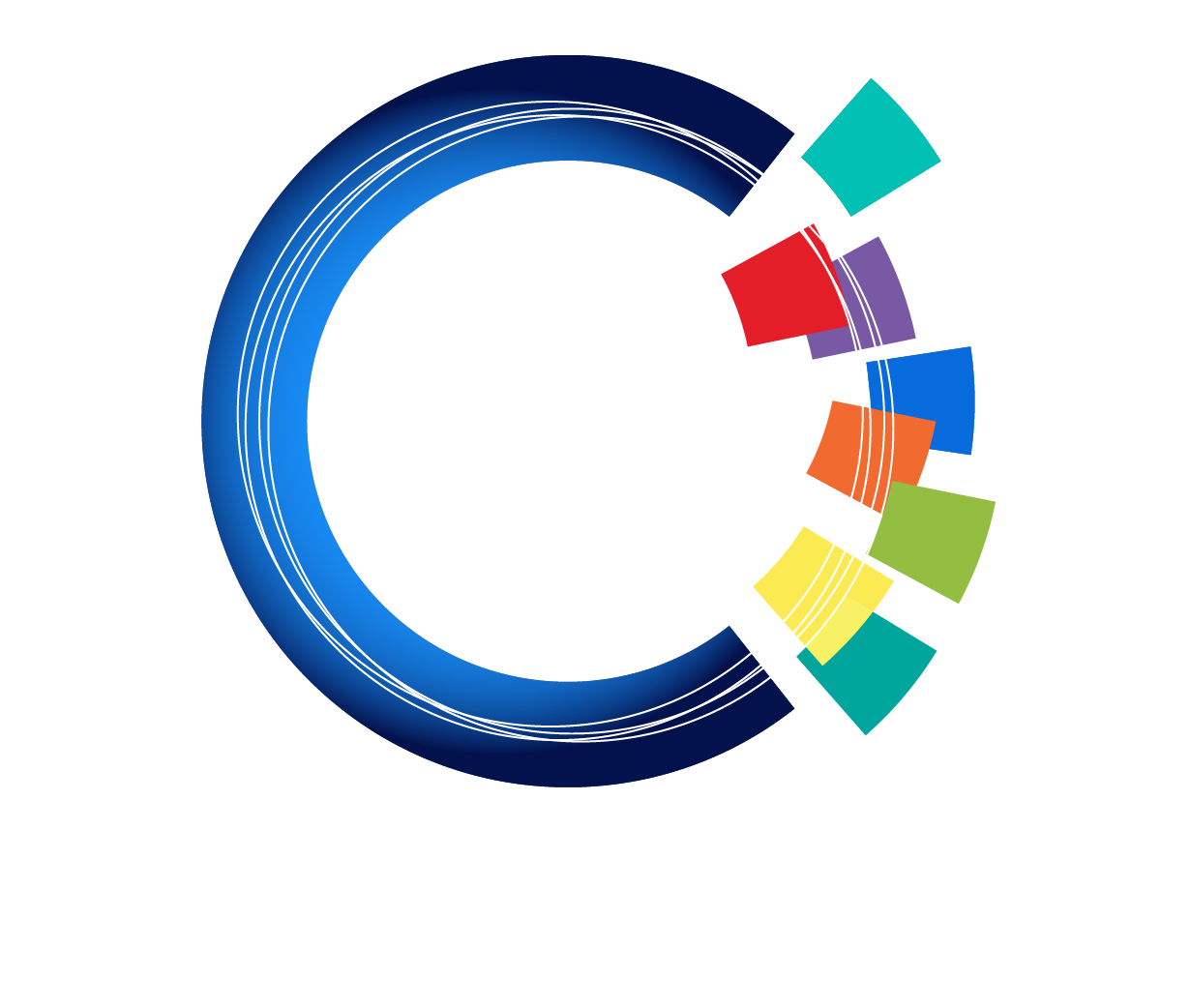Hélène*: “I got to where I am today, professionally speaking, thanks to the knowledge and experience I’ve gained throughout my career, which enable me to show others how it’s done.”
Unfortunately (or fortunately) for Hélène, this management style was replaced a long time ago by a more participatory approach that leaves room for the initiative and creativity of every team member. In recent years, the coaching approach has become an increasingly popular tool in the arsenal of modern managers, who no longer impose their own knowledge on team members, but listen and ask questions.
What’s stopping Hélène from spicing up her management style with a sprinkle of coaching? “It takes too long; I can’t spare the time,” we often hear. But isn’t the following closer to the truth: “As a supervisor, won’t I be giving up some of the power my knowledge gives me? What if someone else’s ideas are better than mine? Am I really willing to be swayed by my colleagues?”
Strictly speaking, coaching is a profession in its own right that requires training and certification. However, any supervisor can take inspiration on a daily basis from coaching, and particularly from the GROW (Goal – Reality – Options – Will) model developed by Sir John Whitmore.
Begin by asking your team members what exactly they expect from a discussion (“Goal”): “What’s your specific aim in coming to see me?” Let them define their needs (“Reality”): “What needs to change, concretely, to allow your needs to be met?” Explore the “Options” by discussing all the possibilities: “What are all the options you can think of? What are the advantages and disadvantages of each? Which one are you going to choose?” Finally, suggest taking action (“Will”): “What will you do next to pursue the option you’ve chosen? How committed are you to doing this?”
If Hélène takes up this coaching approach, her team will demonstrate greater creativity and, above all, increased commitment and energy. Listening and asking questions can also be applied to other interactions, with colleagues, clients and suppliers.
The coaching approach requires a radical change for most of us, which involves a real learning process. If you’re interested, first get the information you need, then take small steps, first among your family and friends and then gradually in your work environment – the results will surprise you!
*Names have been changed
Note: This post was inspired by the article entitled “The leader as coach” that appeared in the November-December 2019 issue of the Harvard Business Review.
Pierre Gildemyn
If you’d like to comment on any of my articles or suggest a topic that I could write about, please don’t hesitate to e-mail me at Ombuds@cern.ch.
